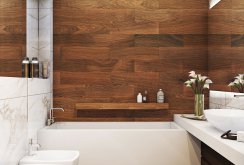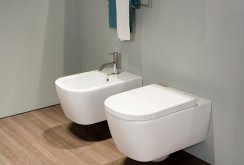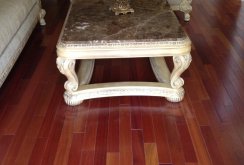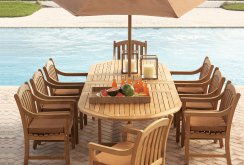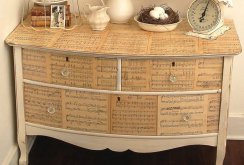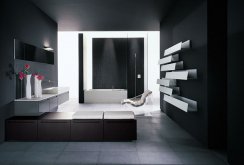Children's furniture: how to choose, so as not to be mistaken?
For many parents, especially young ones, one of the most difficult issues is the purchase of furniture in the children's room. Of course, modern parents can take the advice of experienced designers or browse the catalogs of various manufacturing companies and companies that sell children's furniture, but this is not enough. When choosing furniture for the nursery, it is necessary to pay attention not only to the design and quality of furniture (which is also important), but also to other criteria.The difference between furniture for adults and children
In the 19th and early 20th centuries, furniture for children was an exact but reduced copy of furniture for adults, and did not take into account all the characteristics of the child's psyche and the needs of the child. Today, if we compare children's and adult furniture, then designers and manufacturers in the production of children's furniture try to take into account all the nuances in the physiology and psyche of the child. Everything is taken into account: the gender of the child, his age and even character. Furniture for children is brighter - which affects positive emotions, more stable and reliable - a discount on the restless nature of children, more specific - the age of the child plays an important role. What do modern parents need to know before heading to the store for furniture for the children's room? We will conduct a short review and consider what options for children's furniture modern designers offer us.Types of children's furniture by material
Children's furniture is not much different from adult furniture in terms of material. It comes from:- solid wood;
- plastic;
- metal;
- Chipboard;
- wicker.
Furniture classification by child's age
Children's age is of great importance when choosing furniture, because it determines the color scheme, design, shape and purpose of furniture, as well as the presence of special (inherent only to a certain age child) items. Typically, furniture in the nursery is divided into three age categories:- From 0 to 3 years (changing tables, playpen, high chair, cots and cots);
- from 3 to 6 (tables for games and activities, furniture for eating, cabinets for toys);
- from 6 to 14 and older (desks and computer desks).
Classification of children's furniture by gender and temperament of the child
In Soviet times, parents, when the choice of furniture (especially in the nursery) was small, independently introduced into the interior of the children's nuances that would distinguish the "girl" room from the "boy". Today, the choice of furniture for children is so wide that it is not a problem to select the necessary pieces of furniture in relation to the floor and temperament, and accordingly to the interests of the modern child.The difference in furniture for its purpose
Of course, in every nursery, as well as in an adult room, a set of furniture is required that performs certain functions. In this case, the age of the child is again taken into account. In the nursery, all items have a wider range of purposes than "adult" furniture and are divided into:- furniture for sleeping - sofas, beds, cradles;
- for eating - tables and high chairs;
- for storage of things - cases, racks, dressers;
- for classes and games - desks, chairs, playpens.
Varieties of children's furniture for design and construction
Unlike adult furniture, children's furniture should be more diverse in both design and construction. Children's furniture is divided into several varieties by design features.- Cabinet furniture includes cabinets, chests of drawers, shelving, walls.
- To upholstered furniture - sofas, beds, armchairs.
- To the game - playpens, chairs, tables, houses and tents for games.
- To transformer furniture - bedside tables, slides, bunk beds, multifunctional structures. Furniture that is designed in such a way that it can modify its dimensions depending on the age of the child.
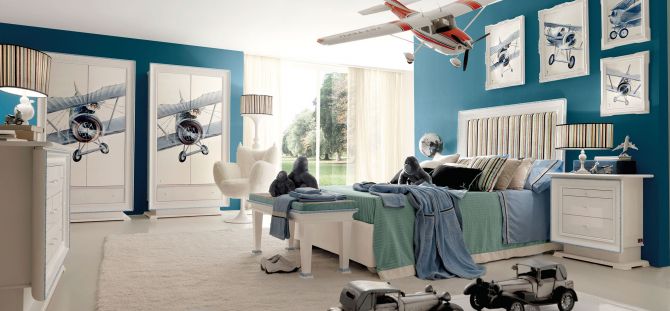
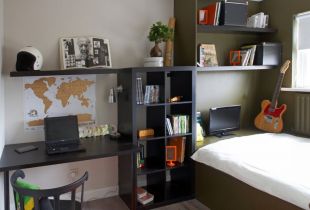 We equip and decorate the student’s educational corner (51 photos)
We equip and decorate the student’s educational corner (51 photos) How to choose a chair bag in the room (50 photos)
How to choose a chair bag in the room (50 photos)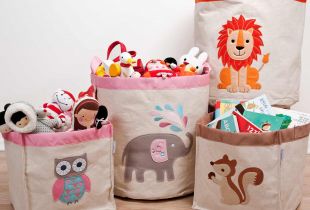 Ideas for storing toys in a children's room (95 photos)
Ideas for storing toys in a children's room (95 photos)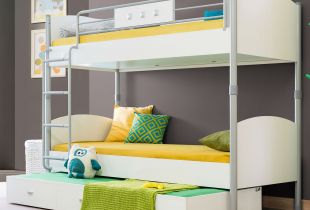 Beautiful bunk children's beds (63 photos)
Beautiful bunk children's beds (63 photos)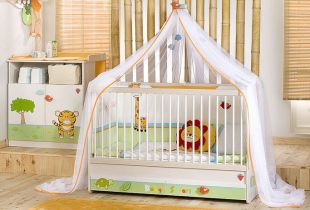 The interior of the children's area for the newborn: main features (53 photos)
The interior of the children's area for the newborn: main features (53 photos)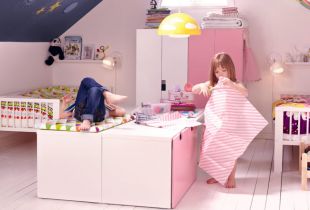 Two children in the apartment: how to allocate space (58 photos)
Two children in the apartment: how to allocate space (58 photos)
